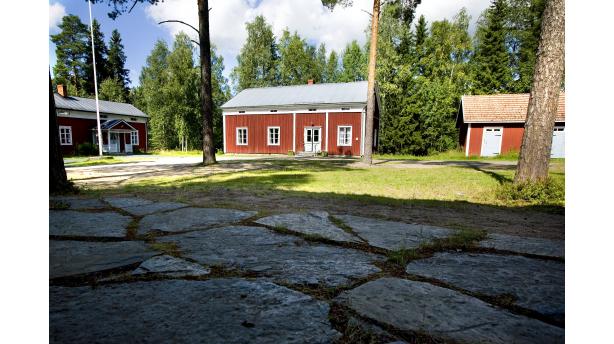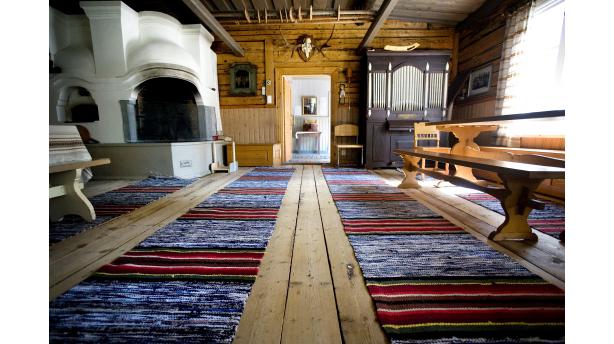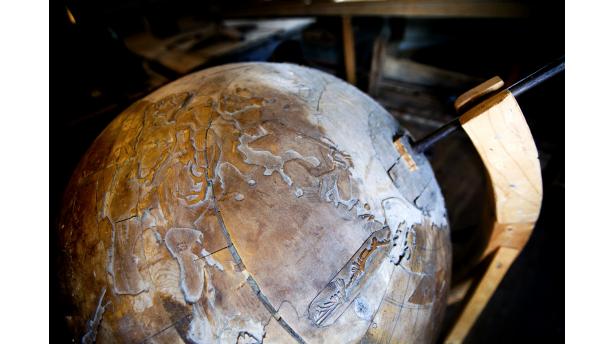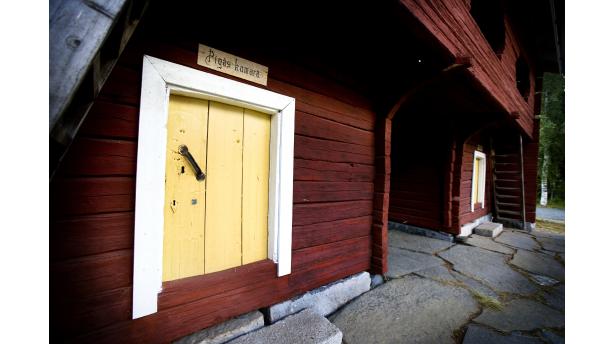Museum A-Ö » Nedervetil Museum
Nedervetil Museum




Did you know...
There is a wooden globe dating back to the 1860s in the museum. It used to belong to Ehnqvist, a teacher of the itinerant school.
The Nedervetil Museum is one of the oldest buildings in Nedervetil. There you can get acquainted with the way of life in the old time as well as with the burning of tar, which plays an important role in the history of the region. There are also outbuildings in the courtyard with many interesting objects; among others a loft barn with maids’ and farm labourers’ rooms, which have been furnished in a way typical for the period.
The Nedervetil Museum was originally the main building of the Vikman estate, built in 1815 in Viitavesi. The stately main building with its side chamber faced the threat of demolition before it was moved to its current site in the 1980s. A side chamber instead of an ordinary end chamber of a double cabin is quite rare in the Swedish-speaking Ostrobothnia. A forge, a granary, a loft building, a Martta house and a smoke sauna have been relocated on the museum area bit by bit. There are many interesting artefacts and machines on display in the new storage building, for example a crawler from the 1920s.The burning of tar has been an important source of livelihood in this region over the course of history. Its golden age was in the 17th and 18th century, when there were hundreds of tar pits in the forests of the neighbouring areas. Tar was at one time an important export article for the region, and nowadays old tar traditions are remembered with pictures and words as well as with tar burning stagings.
The Tar Burning Week is spent every ten years and the audience is then presented with tar burning in a genuine tar pit. The so called tar woods must be indented and pitched for many years before the wood is ready for tar burning.
Among the museum pieces is an interesting birch bark canoe. It has been manufactured in the same way as the canoe belonging to Anders Chydenius, the Nedervetil chaplain, ophthalmologist and parliamentarian, in the middle of the 18th century. Chydenius was in his time one of the most notable politicians in Finland, and he was known for his liberal ideas and sharp tongue.
The utility articles, agricultural tools and splinter slicer in the museum reflect the typical men’s work of the past. The weaving machine, the loom and the milk processing tools represent the women’s environment.
Homestead festivities, theatre presentations and song evenings are also arranged at the museum. During the Nedervetil Week in July an old time fair is arranged at the house. The local association publishes during Christmas time the “Åågliide” magazine, which tells about the region and its villages.



